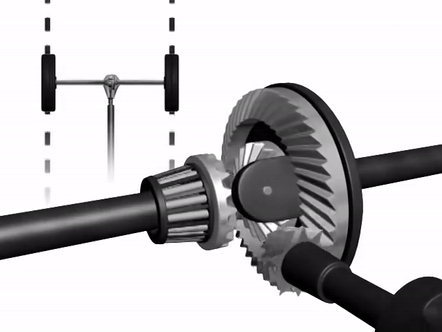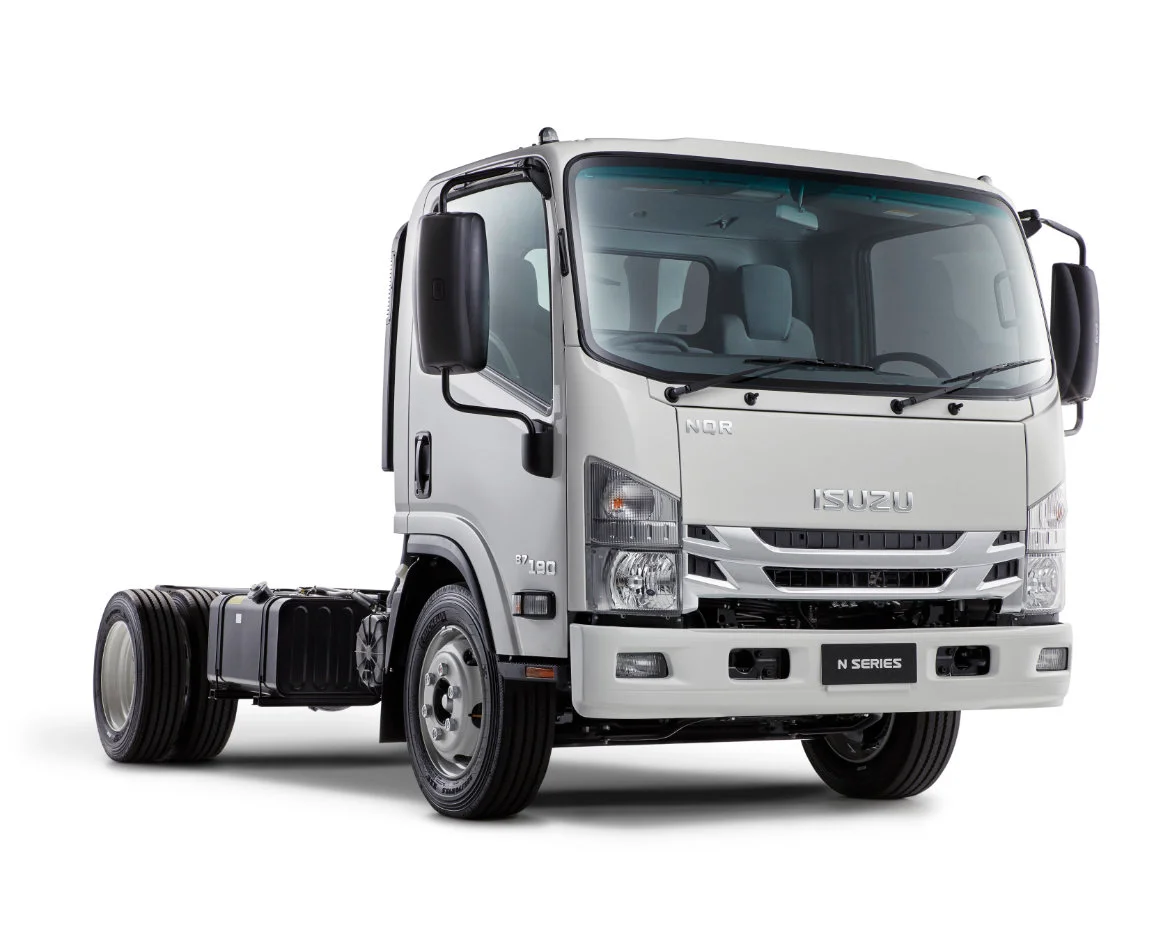In1827, a Frenchman, M Pecquer, created problems for four wheel drivers in Australia, 170 years into the future.
How ? He invented the differential.

Although the original inventor would surely have been impressed with the metallurgy and machining in the modern diff, he would still see basically the same gear set up he painstakingly worked out 170 years ago. His invention made it possible for 2 wheels, rigidly fixed to axles, to each accept drive from a common central point yet turn at different speeds when necessary. There are three characteristics of that basic design that are the problem for four wheel drivers today.
The gear train directs torque along the path of least resistance. That means that as soon as one driving wheel is on a poor traction surface it will get all the torque because it is easiest to turn. The differential equalizes torque across the two axle shafts. That means the torque available to the wheel with traction is exactly the same as, and so controlled by, the one without. The standard detail (with the planetary gears equidistant between the axle gears) causes the spinning wheel to rotate at twice the speed of the other. That means: When a wheel in the air returns to a 100% traction surface there is instant tyre wear or damage and substantial shock to the transmission Loss of traction down hill causes the vehicle to be propelled forward at twice the apparent speed. Remember, a four wheel drive vehicle with open diffs is a two wheel drive. It is, in effect, 2 x two wheel drive vehicles joined together by a solid towbar. Either one can spin one wheel, the other may or may not be able to push or pull its twin out of trouble.

There have been many attempts over the years to control the open diff’s annoying characteristics, the notable ones are:
The NoSpin truck differential, subsequently developed into the smaller Detroit Locker. This design allows differential action but directs 100% torque to the wheel or wheels with traction. There have been numerous designs, variably successful, using friction in clutch packs to control the torque flow. There are ways to stop differential action, and thereby wheel spin, by locking the mechanism solid using air or electric actuation. These interfere with steering simply because they stop differential action. There are gear based slip limiting designs.Some have not coped well with the high torque output of low geared 4 wheel drives and/or diesel engines. A real exception to that is the Truetrac gear type slip limiting differential. The Truetrac has been in service for more than 20 years in recreational, motor sport and light commercial duties. The Truetrac has proved its point – it works and it stays the distance.